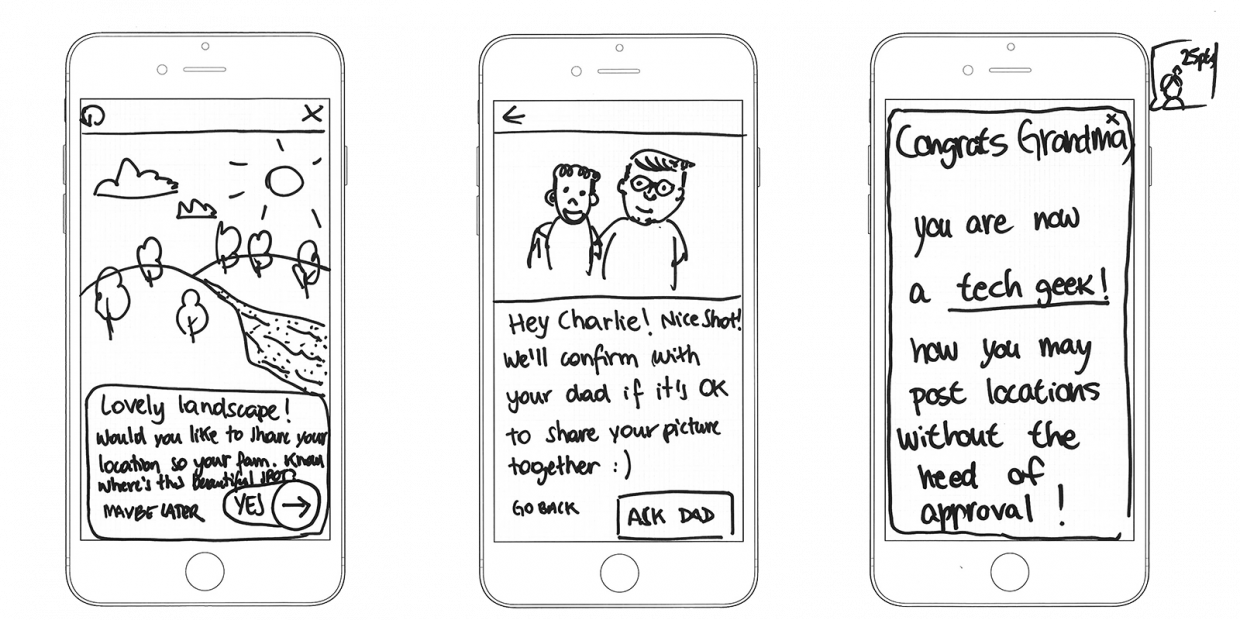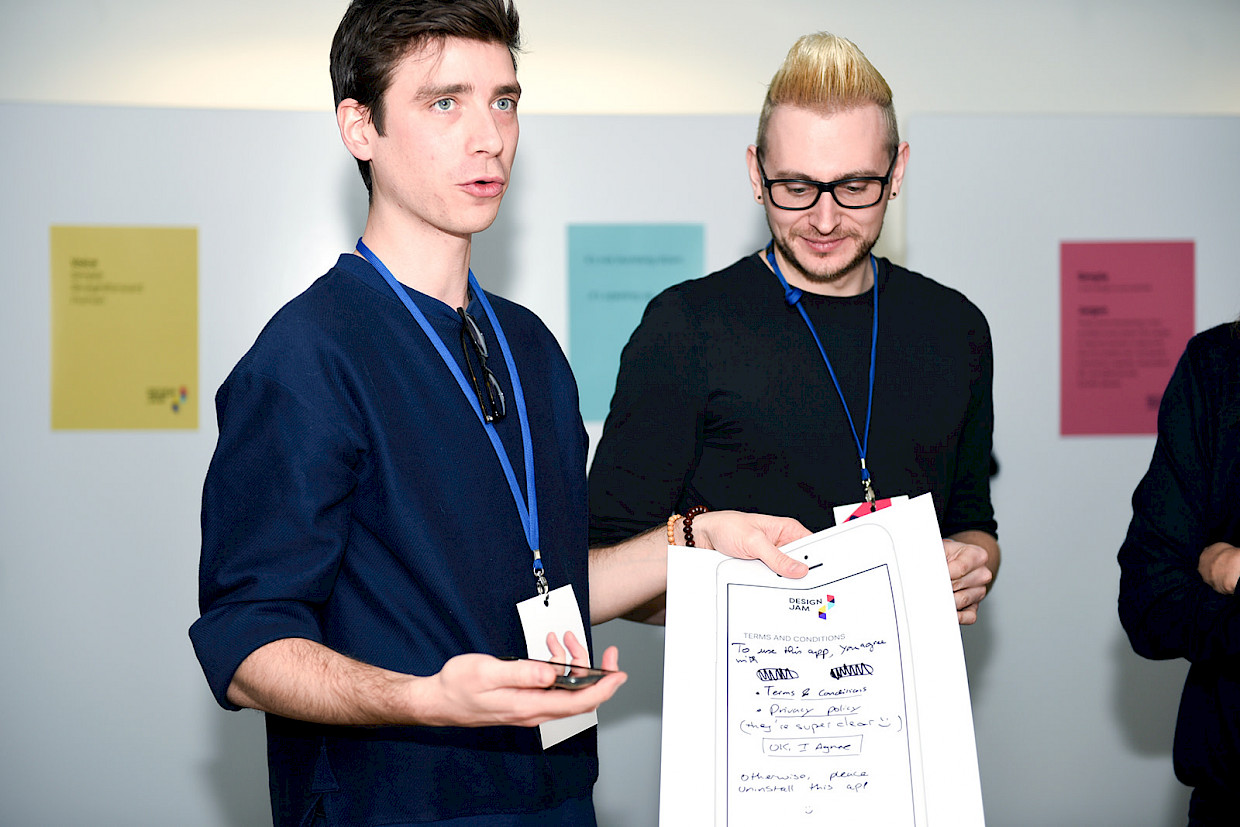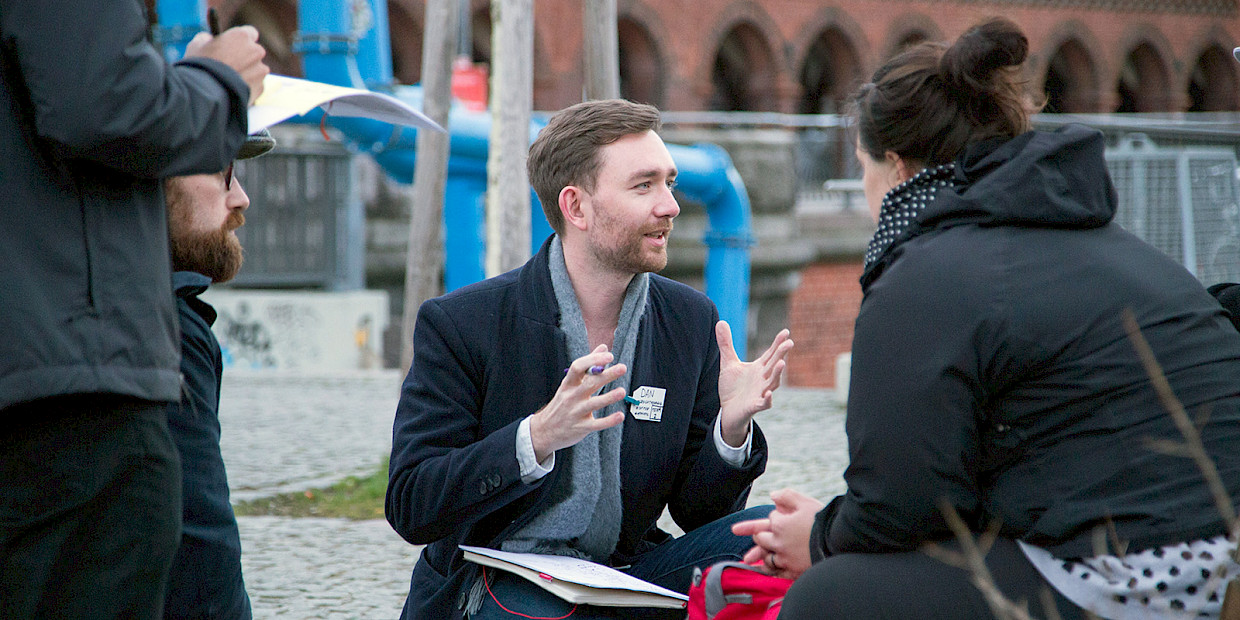When people think of design, they tend to focus on pixels, colours, fonts and interactions. The words and language inside these interfaces are often overlooked. This is a problem when you consider that without words, the majority of online interfaces would essentially be meaningless.

Content strategy is the practice of planning and creating content that helps people understand, use and, crucially, trust a digital experience. It's an integral pillar in digital product design, and a practice that's gaining traction as people's awareness of the discipline grows.
Your company or organisation might not have the luxury of a dedicated content strategist – but don’t fret. Here are a few pointers to help you apply content strategy to your product or service:
Understand your users
Before you start writing, it's crucial to understand who you're writing for.
It helps to have answers to questions like:
What are they trying to achieve?
How might they be feeling?
How much time would they be happy to spend using the service?
What will their level of understanding be?
With these insights, you'll be able to plan what content you'll need to produce to help your audience achieve their goals. You'll know how best to speak to them, what tone to adopt and the right level of detail to include at each step in a flow.
Make words part of the design
When the words in an interface are an afterthought to the design, it can often result in a poor user experience. This is because the interface hasn't been designed with arguably the most important element of communication in mind - namely, the content. An effective working model is to have content strategists working side by side with designers to craft a user flow.

Kin | Sao Paolo Design Jam | August 2017
In our Design Jams, we work as a multi-disciplinary team to develop solutions to tricky problems. This means that while a designer thinks about the look and feel of a confirmation button, a content strategist considers the words needed to help a user understand and click it. If space is limited, these words will have a significant impact on the positioning of the button or whether someone actually engages with it, so making these decisions together ensures a seamless user experience.

Sam Royle prototyping with his team | Sao Paolo Design Jam | August 2017
Find your voice, and stick to it
It's not just the words themselves that are important; it's also the way those words are delivered. By adopting a voice for your product, you're helping to build people's trust. Content strategists focus on developing a tone of voice that suits the product and audience.
We found that in Design Jams, teams chose to give very different voices to a music streaming service and a medical app, for example. Whereas the music service presented notices and information in a more fun, friendly way, the medical app adopted a more formal and reassuring tone.
The hypothesis was that if someone was about to share their medical records, they would potentially lose trust in the product if they were confronted by overly chatty and casual content.
Getting the voice of your product right is a crucial part of building a relationship with your users.
Keep it clear
It's easy to think of legal content and imagine lengthy texts full of jargon. However, changes in laws and regulations – such as Europe’s new data protection rules – also increasingly emphasise the need to build trust and transparency by using clear and plain language.
There's an idea, first coined by the content strategists behind the the UK government website gov.uk, which is: 'It's not dumbing down, it's opening up'. The point is, the words you’re using might have legal implications, but it doesn't mean they have to be written in a convoluted way.

Content Strategy exercise | Paris Design Jam | December 2017
At Design Jams, we often start the day with an exercise to help people understand the importance of clear content. We give people a wordy paragraph of T&Cs and ask them to try to rewrite it in the most concise way possible without losing the meaning. People normally get the paragraph down from 70 words to around 15. The exercise shows that with some thought, content dealing with complex topics can still be easy to digest and understand.
Iterate and test
Once your content is out in the world, the work's not done yet. The next step is to understand whether your content is working for the people reading it.

Interviewing people | Berlin Design Jam | March 2017
Sit down with your users and watch them use the interface. Do they get stuck at any points? Can they explain to you what the messaging is saying? Much like with other parts of product development, running simple experiments to test what language or voice resonates best can make a huge difference when identifying quick wins and improvements.
To sum up...
Your interface might look amazing, but if your content can't be understood and easily digested, you'll never build trust and provide transparency.
The views expressed in this article reflect those of the author. TTC Labs seeks to include a diverse range of perspectives and expert insight to encourage a constructive exchange of ideas.


